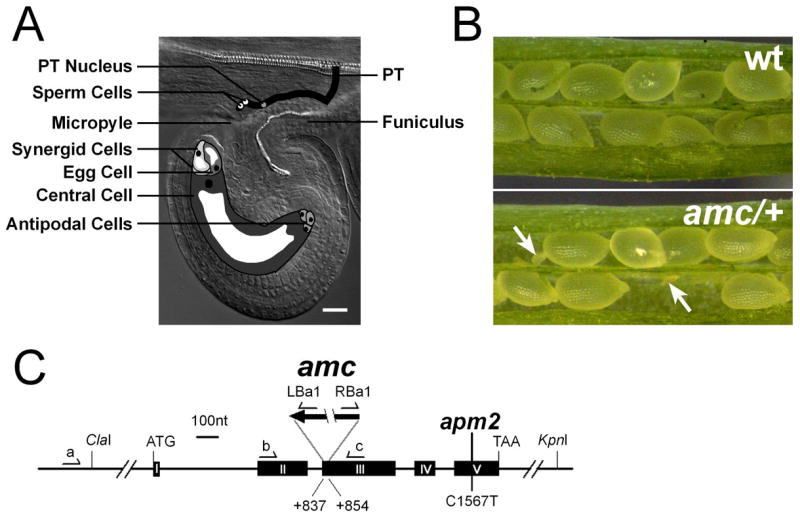Figure 1. Siliques of amc/+ mutant lack homozygous individuals.

(A) Schematic drawing of male and female gametophytes during fertilization in Arabidopsis thaliana. The pollen tube (PT) enters the ovule through the micropyle, an opening leading to the seven-celled haploid female gametophyte and reaches the receptive synergid cell in which it will discharge its sperm cells, a process called pollen tube reception. During double fertilization, one sperm cell fuses with the egg cell, which will give rise to the zygote, while the second sperm will fertilize the central cell to induce endosperm formation. Scale Bar is 20 μm.
(B) In contrast to wild-type siliques (top), siliques of self-pollinated amc/+ plants frequently contained degenerating ovules (bottom, white arrows).
(C) Exon/Intron organization of the APM2/AMC locus (At3g07560) and position of the T-DNA in the amc/+ mutant. Positions of the primers used to genotype the amc/+ mutant and position of the point mutation in the weak apm2 allele [15] are indicated.
